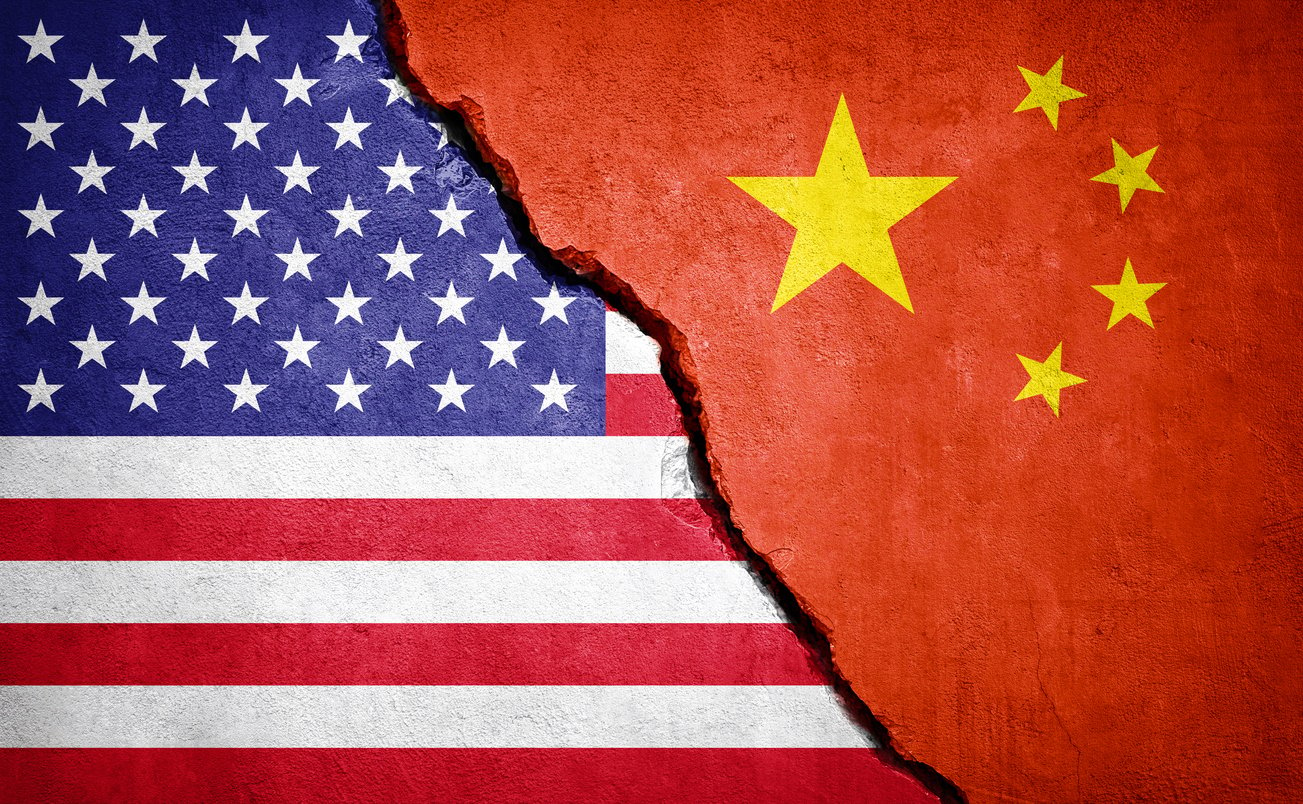For high net worth (HNW) investors, diversification is not just about owning a little bit of everything. It’s about carefully blending different assets, strategies, and geographies to build resilience, capture growth, and protect wealth across generations. A well-diversified portfolio balances growth and preservation, liquidity and illiquidity, risk and opportunity — all while considering tax efficiency and legacy planning.
What Does “Well-Diversified” Mean in This Context?
For HNW clients, “well-diversified” goes beyond a simple mix of stocks and bonds. It means:
- Across Asset Classes: Exposure to public markets, private markets, real assets, and cash.
- Across Geographies: U.S. and global investments to reduce home-country bias.
- Across Strategies & Styles: Growth, value, income, defensive, and opportunistic positions.
- Across Time Horizons: Balancing liquid short-term assets with long-term, illiquid holdings.
- Across Risk Profiles: Core stable assets complemented by higher-growth or defensive allocations.
In short, it’s about designing a portfolio that can endure market shocks, capitalize on global opportunities, and sustain wealth over multiple lifetimes.
What Does It Consist Of?
A typical well-diversified HNW portfolio might include:
1. Public Markets
- Equities: U.S. large-cap, mid-cap, and international equities across sectors (technology, healthcare, energy, consumer).
- Fixed Income: U.S. Treasuries, corporate bonds, municipals for tax efficiency, and short-duration debt to manage rate risk.
- Liquid Alternatives: REITs, infrastructure funds, and commodity ETFs for diversification and inflation protection.
2. Private Markets & Alternatives
- Private Equity & Venture Capital: Access to growth-stage and innovative companies.
- Private Credit: Steady income streams with low correlation to equities.
- Hedge Funds: Strategies like long/short equity, global macro, or event-driven for absolute returns.
- Real Assets: Direct real estate, farmland, infrastructure, or energy plays.
3. Global & Thematic Exposure
- International equities and bonds for currency and geographic diversification.
- Thematic opportunities such as AI, renewable energy, or healthcare innovation.
4. Risk Management Tools
- Derivatives for hedging market risk.
- Structured products for asymmetric payoffs.
- Defensive allocations (gold, insurance-linked securities) to protect capital.
5. Integration with Wealth Planning
- Tax structuring with trusts and municipals.
- Estate planning to enable efficient transfer of wealth.
- Philanthropic vehicles for legacy and tax optimization.
Current Economic Challenges in Maintaining Diversification
While the benefits of diversification are clear, today’s environment makes it harder to achieve in practice. Some of the challenges include:
- Elevated Correlations: Stocks and bonds have at times moved in the same direction, reducing the protective benefits of a traditional 60/40 portfolio.
- High Valuations: U.S. equities, especially mega-cap tech, are priced richly, raising the risk of corrections.
- Interest Rate Uncertainty: Shifting Federal Reserve policy impacts both bonds and risk assets; long-duration bonds are especially vulnerable.
- Inflation Pressures: Persistent inflation erodes real returns and complicates income planning.
- Geopolitical & Policy Risks: Tariffs, trade barriers, and regulatory uncertainty disrupt global supply chains and corporate margins.
- Currency Volatility: A strong or weak U.S. dollar can add or subtract value from international allocations.
- Private Market Illiquidity: Rebalancing is harder when large allocations are tied up in illiquid assets.
- Sector & Style Dispersion: Market leadership rotates quickly, punishing concentrated bets in growth, value, or small caps.
- Debt & Fiscal Concerns: Rising government deficits and debt burdens create long-term risks for interest rates and taxes.
- Liquidity Risk: In times of stress, even “liquid” assets can become difficult to sell without significant discounts.
In Short
For high net worth investors, a well-diversified portfolio is the foundation of sustainable wealth management. It blends public and private assets, domestic and global exposure, growth and defensive allocations — all aligned with tax, estate, and legacy goals.
But maintaining that balance today is more complex than ever. High valuations, inflation, shifting correlations, and geopolitical risk require constant vigilance, tactical rebalancing, and a willingness to look beyond traditional asset classes. True diversification isn’t static — it’s an ongoing process of adjusting to new realities while keeping long-term goals in focus.
At Quantel Asset Management , we have a flexible mix of options to spread your risks and create customized offerings to best suit your needs and have a healthy diversified portfolio. Please contact us to know more.
Disclaimer
This document is provided for informational purposes only and does not constitute financial, legal, or tax advice. Strategies discussed herein may not be suitable for all investors and are subject to change based on regulatory updates, tax law revisions, and individual circumstances. High-net-worth and ultra-high-net-worth investors should consult qualified financial advisors, tax professionals, and legal counsel before implementing any retirement, estate, or investment strategy. Past performance and hypothetical projections are not guarantees of future results.
EXPLORE MORE POSTS
Market Shaken by Renewed U.S. - China Tensions & Credit Fears
Renewed U.S.-China trade tensions and banking concerns triggered a sharp global...
Read Moreby Jerry Yuan
Why a Traditional Financial Advisor May Be Failing You ?
For decades, the traditional financial advisor has symbolized trust, expertise,...
Read Moreby Irman Singh
Fed Minutes Show Split Outlook: Rate Cuts Expected, but Inflation Maintains Caution
Divided Fed, uncertain path ahead — rate cuts are coming, but sticky inflation...
Read Moreby Jerry Yuan
From Insight to Execution: The Algo Way
Algorithmic investing, once the domain of hedge funds and prop desks, has...
Read Moreby Irman Singh
Drug Prices Drop, Pharma Faces a New Game
by Jerry Yuan
AI and Investing : Smarter Decisions, Sharper Insights
Artificial Intelligence (AI) is transforming the way investment decisions are...
Read Moreby Irman Singh
U.S. Tariffs Reshape Markets : Inflation, Supply Chains, and Equity Risks
by Jerry Yuan
The Overlooked Basics of Family Office
Family offices are created to simplify wealth management, protect assets, and...
Read Moreby Irman Singh
First Fed Cut in a Year: Growth Hopes, Softer Backdrop
The Fed’s first rate cut since 2024 signals a cautious pivot as growth stays...
Read Moreby Jerry Yuan
Smart Diversification for Today’s Economy
For high net worth (HNW) investors, diversification is not just about owning a...
Read Moreby Irman Singh
Markets Gain as Job Market Strains Push Fed Toward Rate Cuts
Weak jobs data has shifted the Fed’s focus from inflation to employment, making...
Read Moreby Jerry Yuan
Why Retirement Accounts Remain the Biggest Opportunity
Investors in the United States often overlook retirement accounts in favor of...
Read Moreby Irman Singh
U.S. Jobs Report: From Resilience to Contraction
The August jobs report signaled a sharp labor market slowdown, with just 22,000...
Read Moreby Jerry Yuan
Decoding FIRE: How Americans Are Redefining Retirement
The FIRE movement—Financial Independence, Retire Early is a personal finance...
Read Moreby Irman Singh
U.S. GDP Rebound Fuels Market Highs
The U.S. economy surprised with strong Q2 growth, easing recession fears and...
Read Moreby Jerry Yuan
The Big Three Risks Investors Must Plan for in Retirement
Retirement success for U.S. HNWIs isn’t just about wealth—it’s about...
Read Moreby Irman Singh
Powell Signals September Rate Cut, Markets Hit Record Highs
by Jerry Yuan
I’m Too Young to Think About Retirement – Or Am I?
If you’re in your 20s or 30s, retirement may feel like a distant...
Read More




















